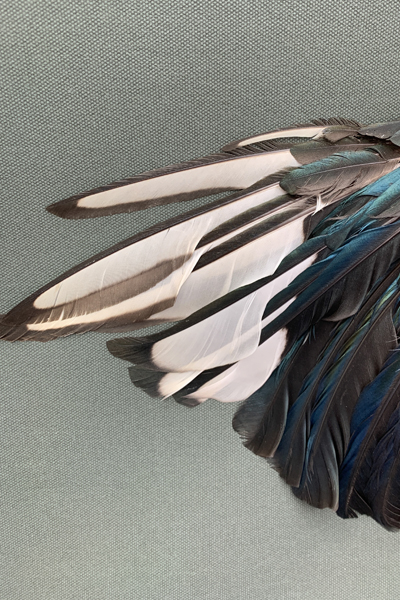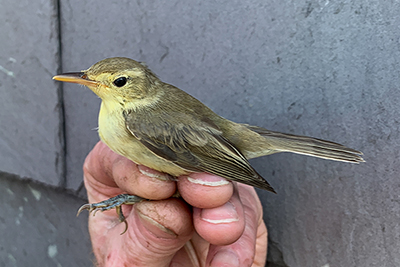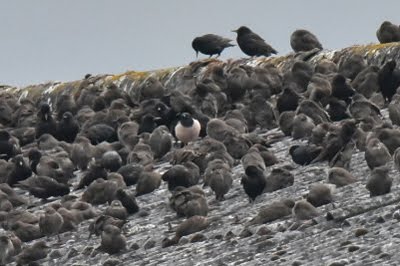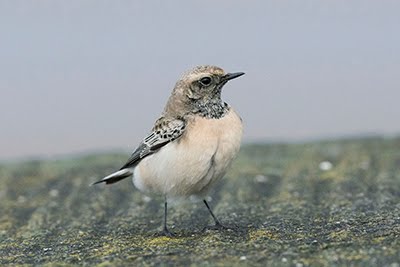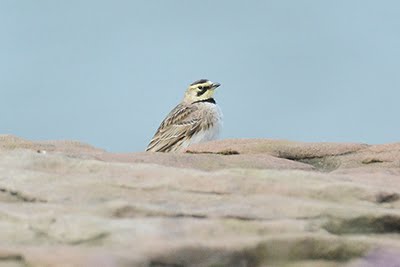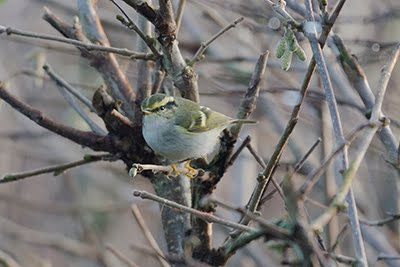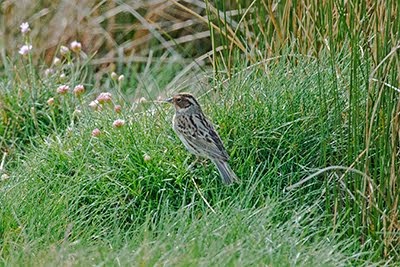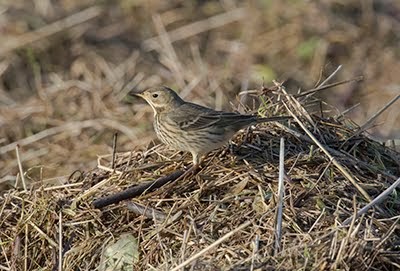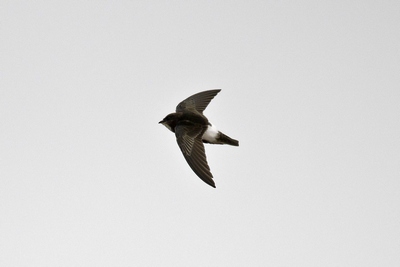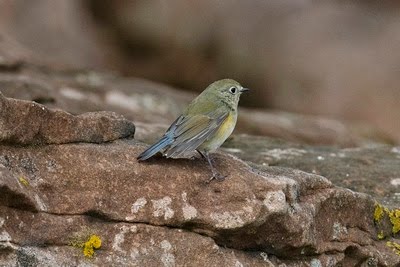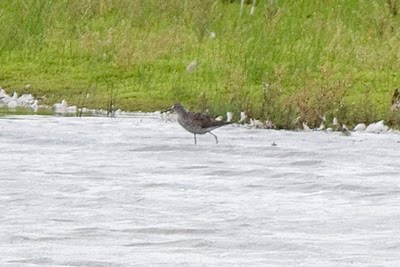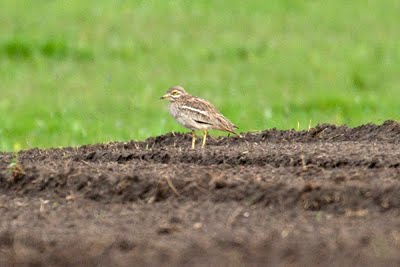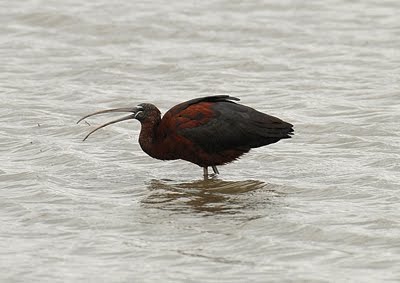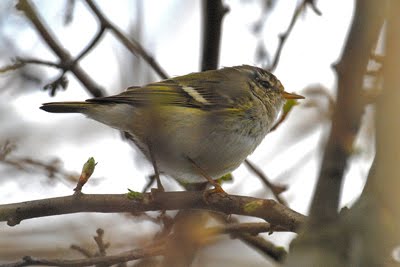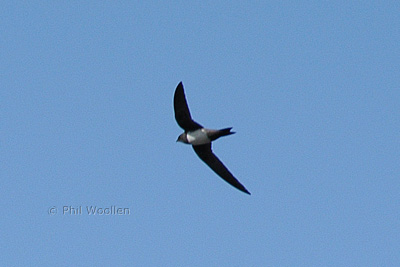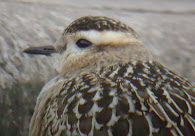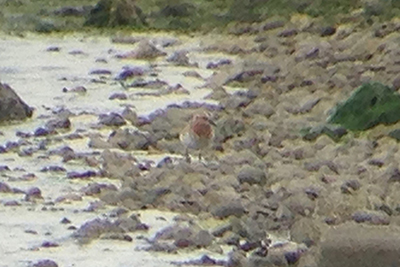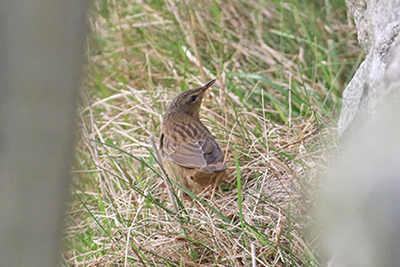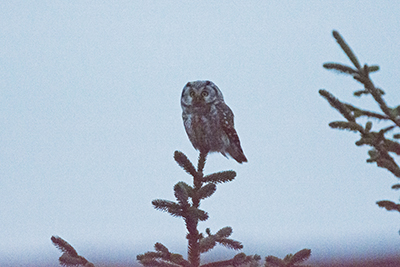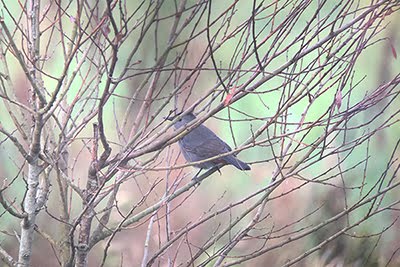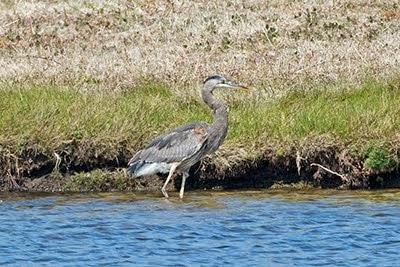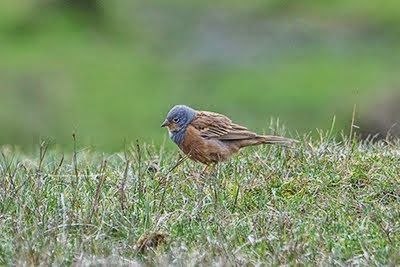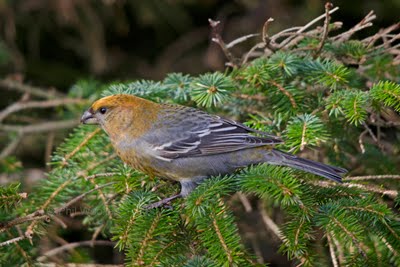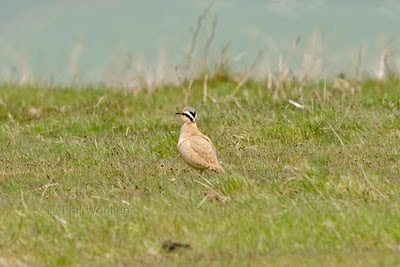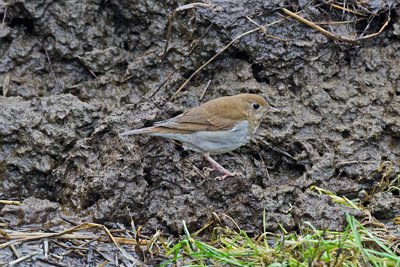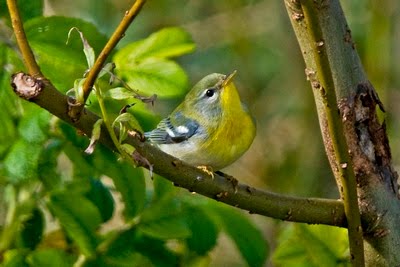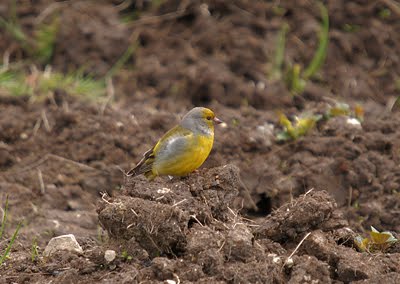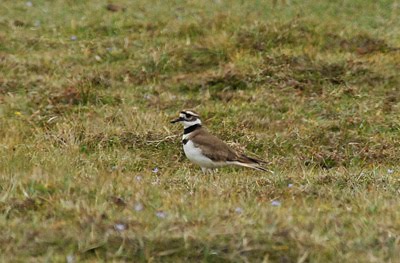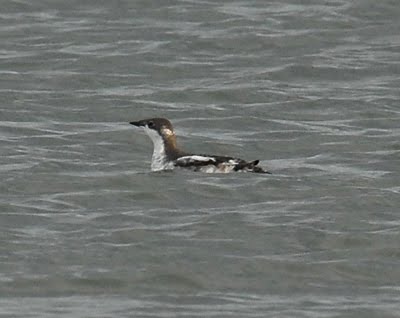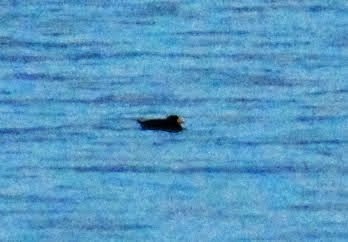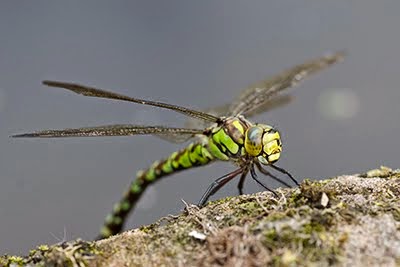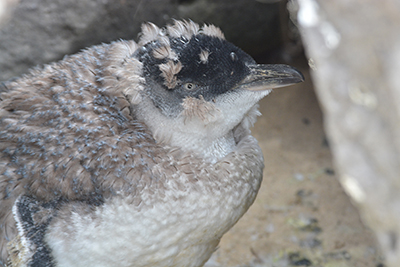On a return trip to a local farm to ring more broods of Swallow chicks recently we decided to check one of the regularly used Little Owl boxes. This box was installed late 2013 and wasn't used in 2014 but was first used in 2015. We'd checked it earlier in the season several times but even though a Little Owl flew out of the tree on both occasions they didn't appear to have nested. The tree has a natural cavity which is open both sides so isn't predator proof and they weren't using that either.
The landowner photographed fledged young Little Owls around 400 m away standing outside a rabbit burrow beneath a solitary oak in the middle of a field of oats in May so we assumed this was the nest box pair relocating.
Recently a Little Owl was seen flying into the nest box so we decided to check again to see if there was a late breeding attempt. At the very least we may be able to catch the bird in the box and check to see if it was ringed as this would provide valuable re-trap data. Last year we found that the adult female nesting in the box was ringed as a youngster in the same box in 2015. See here.
Amazingly we found not one but two Little Owls roosting inside the box. One was an adult female wit ha brood patch beginning to feather over and in full primary moult and the second was a recently fledged juvenile. The adult was unringed so wasn't the same bird that nested in the box last year. Both birds were duly ringed and it'll be interesting to see what happens next year. I've already made another box to go on the solitary oak.
Above: adult female Little Owl moulting it’s primaries
This raises several intriguing questions:
Are there two territories with one pair nesting in the rabbit burrow and one somewhere near the nest box that we couldn't find?
Or, is there only one territory and the birds decided on a different nest location.
What happened to last years adult female?
Since the box was first used we've ringed 15 different Little Owls - 12 young and 3 adults.
Before the box was installed we ringed 1 adult and 1 youngster in the natural nest cavity - see here
The data shows they seem to miss a year between each successful breeding attempt.
20.06.13 1 young & 1 adult ringed in natural nest cavity in same tree
25.05.15 5 young & 1 adult ringed.
26.05.17 3 young ringed.
05.06.19 3 young & 1 adult ringed. The adult was one of the chicks ringed in 2015
10.08.20 1 young & 1 adult ringed.
In total we've ringed 13 juv and 4 adult females, either in the box or the natural cavity in the same tree, since 2013. Each time they've nested its a different female. is the male the same bird or has there been a turnover here as well?













